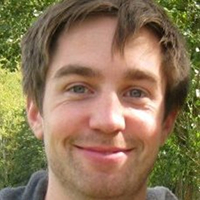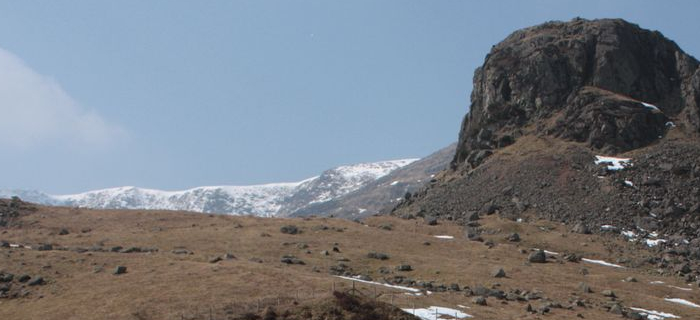
On Field Classes
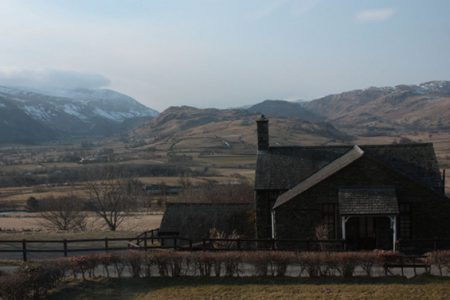
Having just got back from a field class, I’m at a loss of what to do. The rush of returning to the office on Friday afternoon to crack out a Goldschmidt abstract, combined with the fatigue acquired from a week teaching outdoors has led to a slow start to this Saturday. While I’m waiting for the post field trip clothes wash to finish spinning here are a few thoughts on the last week.
Cohen Geochemistry members Ian, Rob, Cindy and I had the privilege (yes, I mean that) of taking around 50 second year University of Leeds Environmental Science students to the Blencathra Field Centre for 4 days of environmental geochemistry. The field centre is just outside Keswick, in the Lake District National Park, North West England, an area which actually only has 1 lake* (one for the pedants and pub quiz enthusiasts, bonus points if you can name it). Using the field centre as a base, we took day trips to two former mining sites where we were able to consider the concepts of equilibrium reactions, metal solubility and redox in the context of water quality.
To make the assessment during the field class a little more fun, the students were split into groups of 5 and each group given the scenario that they were a new environmental consultancy. Their first two (imaginary) clients’ concerns were about the quality of water leaving the two sites and therefore the geochemical processes controlling them.
The first site was a copper mine to extract chalcopyrite found in a mineral vein also containing pyrite, calcite and quartz. The second site was a tungsten mine extracting wolframite found in a mineral vein along with quartz, scheelite and arsenopyrite. The theoretical owners of the sites were concerned primarily about the fate of dissolved Cu and As leaving each location.
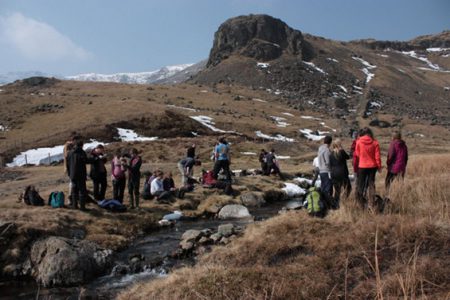
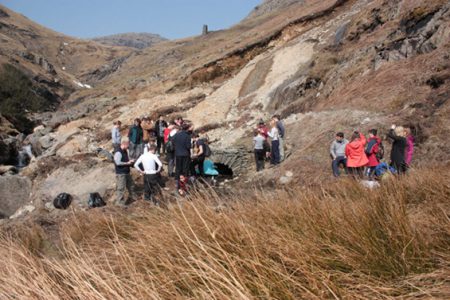
At each site, the students tested waters draining from the mines and tailings into small streams leading off the site. By measuring pH, conductivity, temperature and stream flow rate on site, and filtering water samples to test for As, Cu, Fe, SO42- and total alkalinity (as required) back at the field centre’s laboratory, the students had sufficient data for a preliminary geochemical assessment. Along with historical and geological information about the site, the students were able to use this data to produce presentations and posters for their clients on the situation at each location.
Although some of these students had only been taught chemistry for 10 weeks in the first year of their degree, a small number of them could have explained the principles of equilibrium reactions and redox at the start of the field trip. Compare this to the end of the trip, where even students who have opted for study paths excluding geochemistry (I know, how could they?!) were able discuss the processes controlling the composition of the stream water leaving each site. Now, this could be attributed to the fact that it was fresh in their minds, but I’d argue there is more to it than that. (And no, I’m not saying their first year course was taught badly, golly, Cindy and I helped to teach it!)
What is it about a field class that aids the learning of Earth Sciences so well? Here is a thought:
The field class is THE holistic learning environment.
I’m not an educational specialist but I am aware of Fleming’s VAK model of learning styles; visual, auditory and kinaesthetic. I’d argue the field class covers and encompasses all, enabling a thorough learning experience
Visual. Earth sciences work best when you can see and feel both the large and small scale features of the environment in the same arena. Whether this is the contact between two rock units, the horizons in a soil trial pit, the precipitation of ochre in a stream, seeing environmental and geological processes greatly enhances the learning experience.
Auditory. Field classes often come with notes and the arrival at a new location is undoubtedly followed by a description. Discussions between students help to solidify ideas and bring together the varied observations and measurements made both in the field and the lab.
Kinaesthetic. The nature of a field class is active. The tasks involved in field classes often require one to hike halfway up a fell, dig a pit, measure, collect and test samples. I know for some folks there is some sort of internal conversation, where the body says to the brain “Dude, you’d better make this worthwhile and learn something. I didn’t just hike for an hour for fun!”**
The encompassing of all these styles into a field class enables students to utilise a varied learning approach to enhance understanding. Maybe that’s why learning and teaching in the field is so much fun (when the weather is good).
* There are over 90 bodies of water in the Lake District National Park but only one is named a lake, Bassenthwaite Lake. The larger bodies of water tend to be named mere or water and smaller bodies tarn.
** Some people do hike for fun, I am one of them.
Real also this post at the Cohen Geochemistry blog site.
About the author
Andy Bray is a PhD student in the Cohen Geochemistry Group, School of Earth and Environment, University of Leeds and is supervised by Liane G. Benning and Steeve Bonneville. Andy’s studies are part of the World Universities Network Weathering Science Consortium investigating the biological weathering of primary minerals. Whilst working, Andy enjoys watching minerals dissolve and miniature pine trees grow. In a more natural environment, you might also find Andy telling bad jokes and jumping into rivers.
